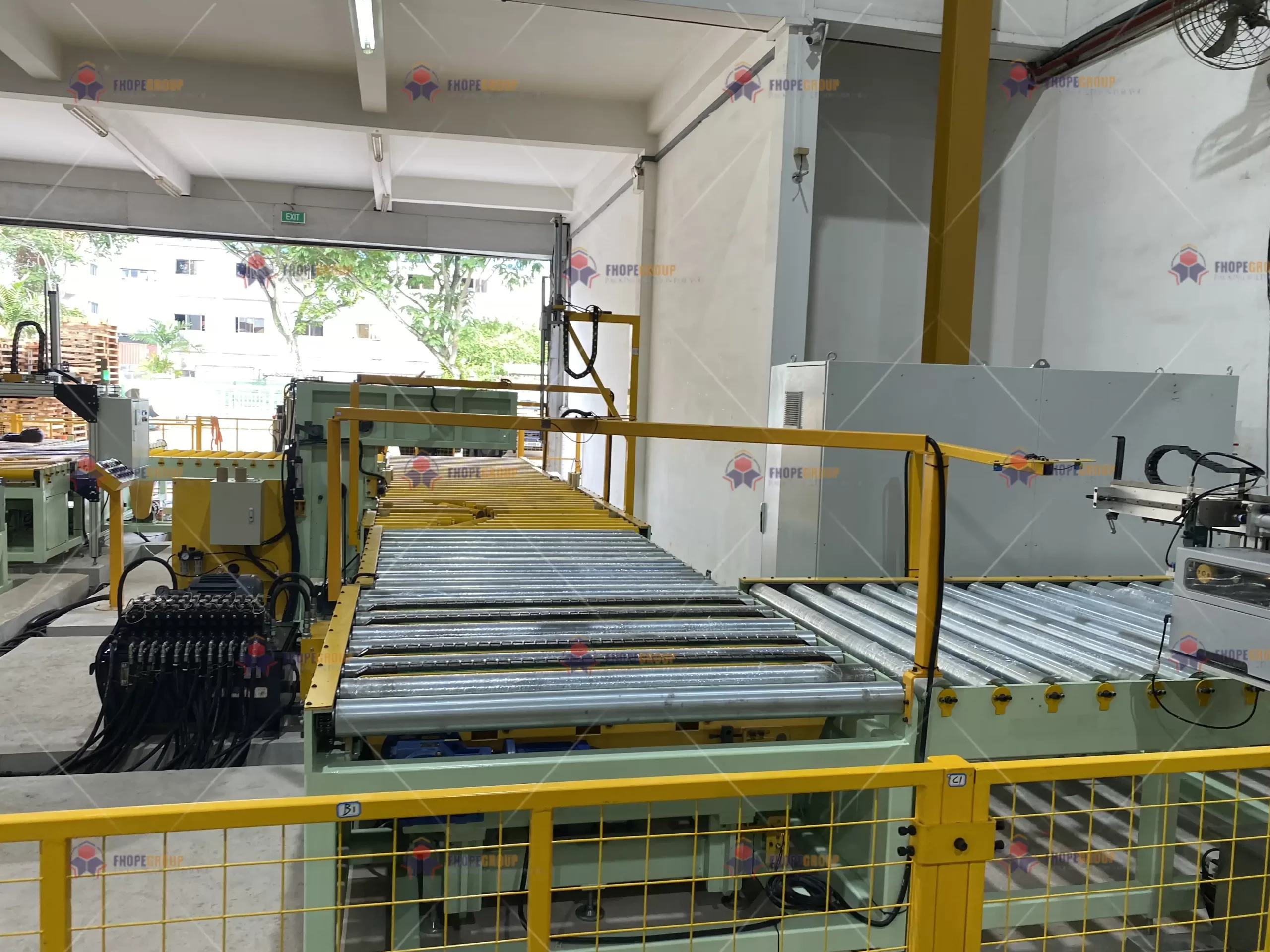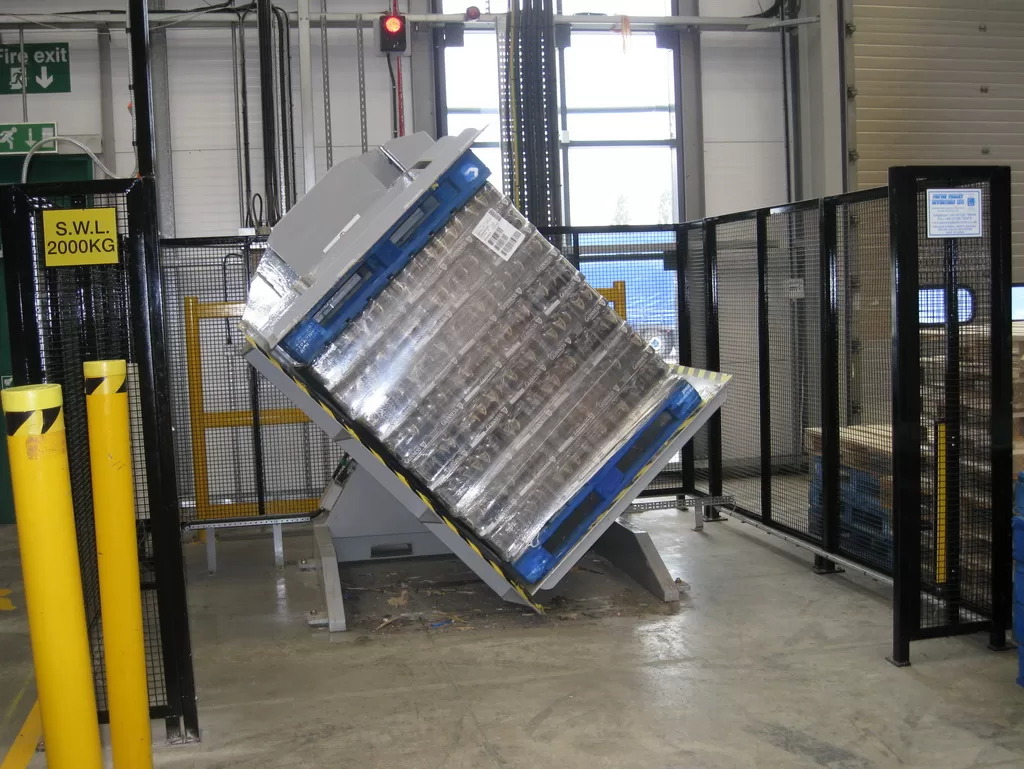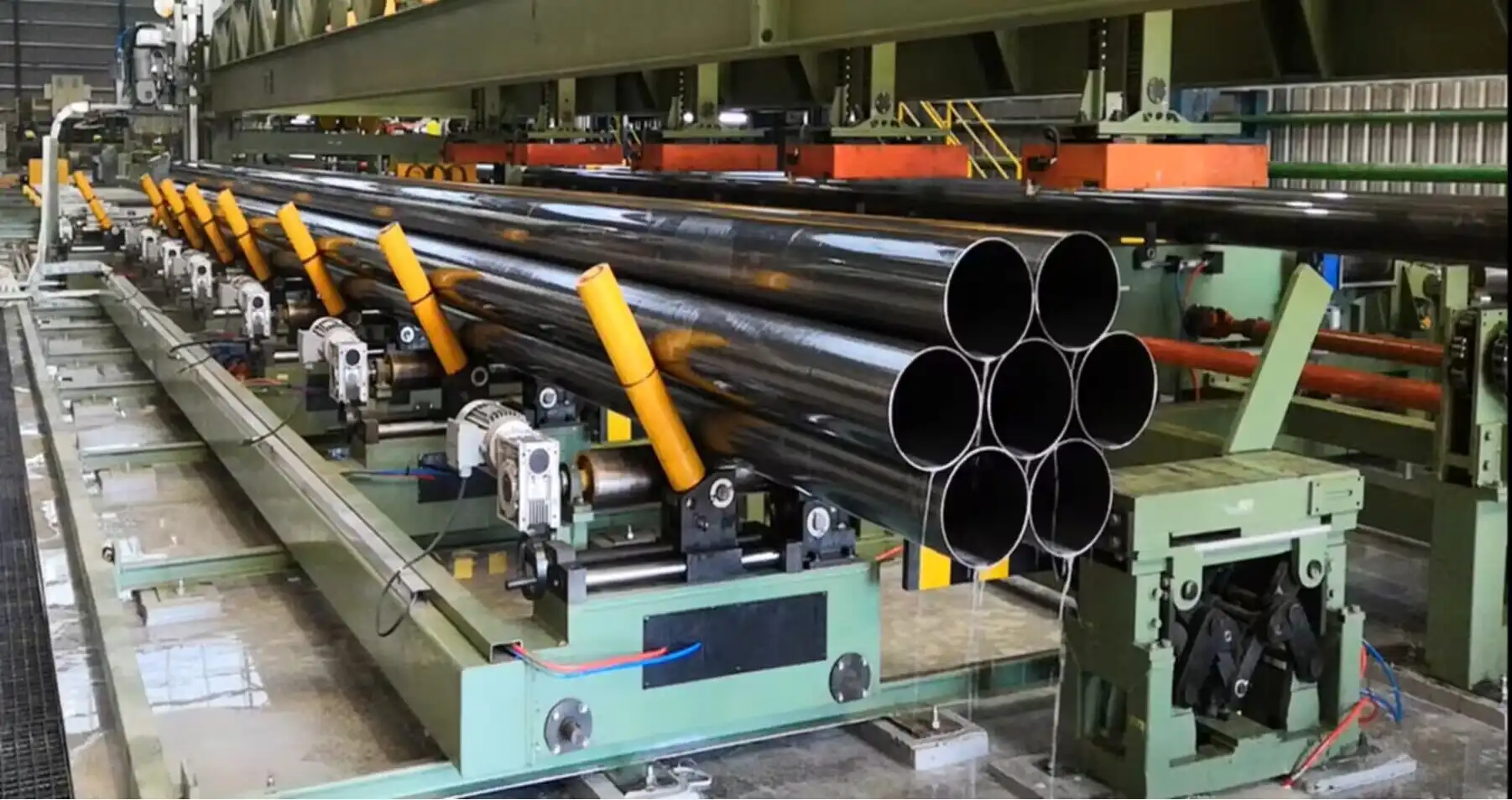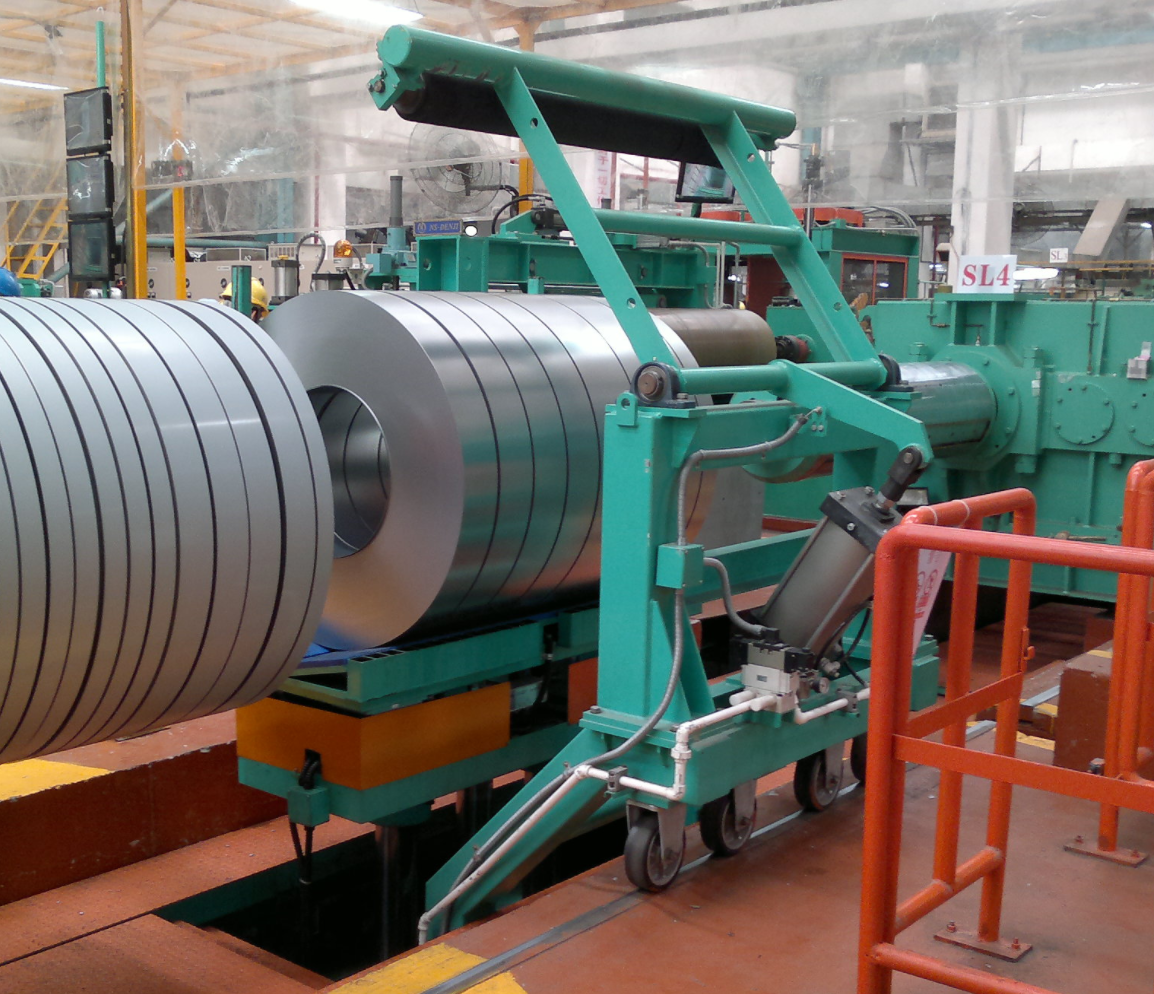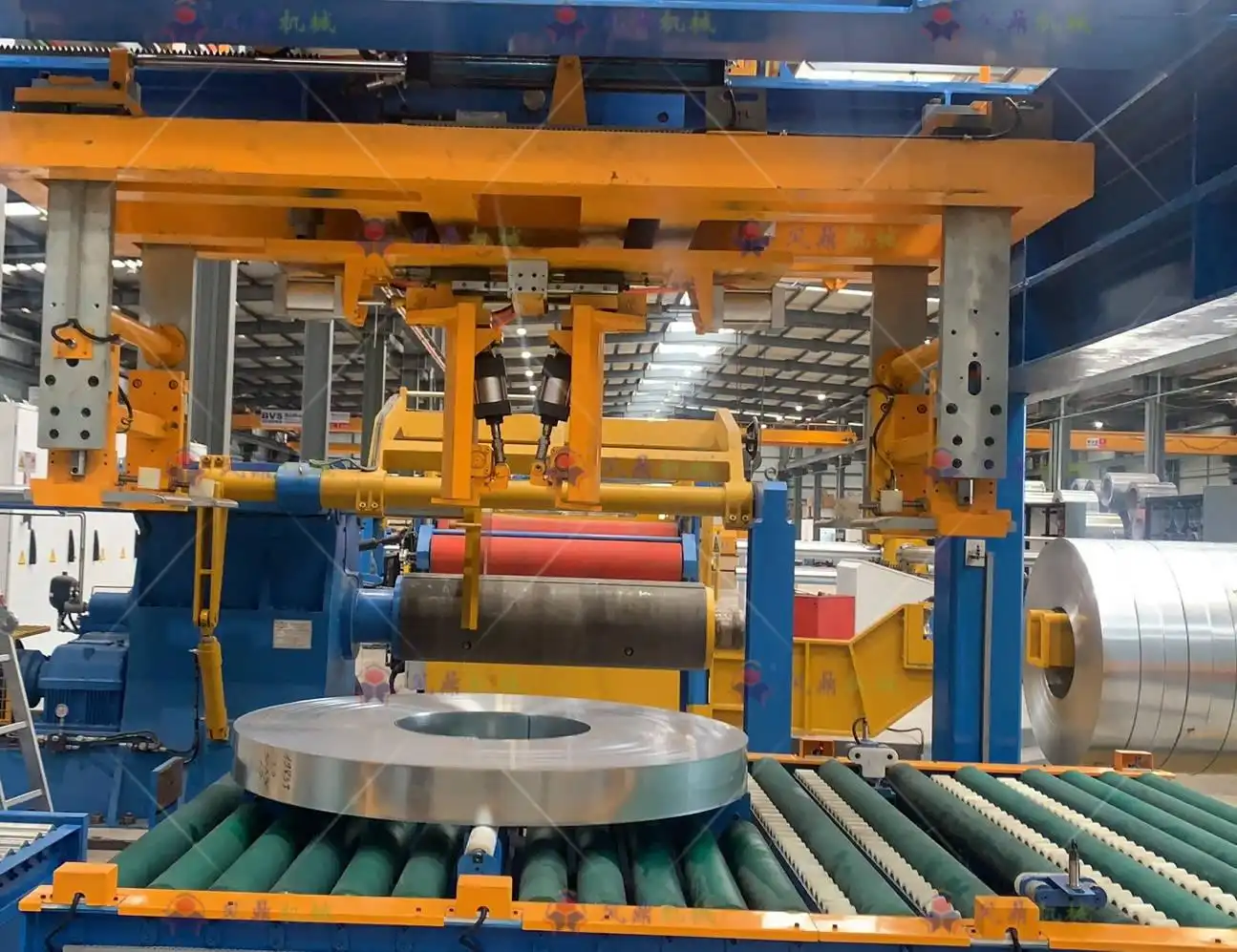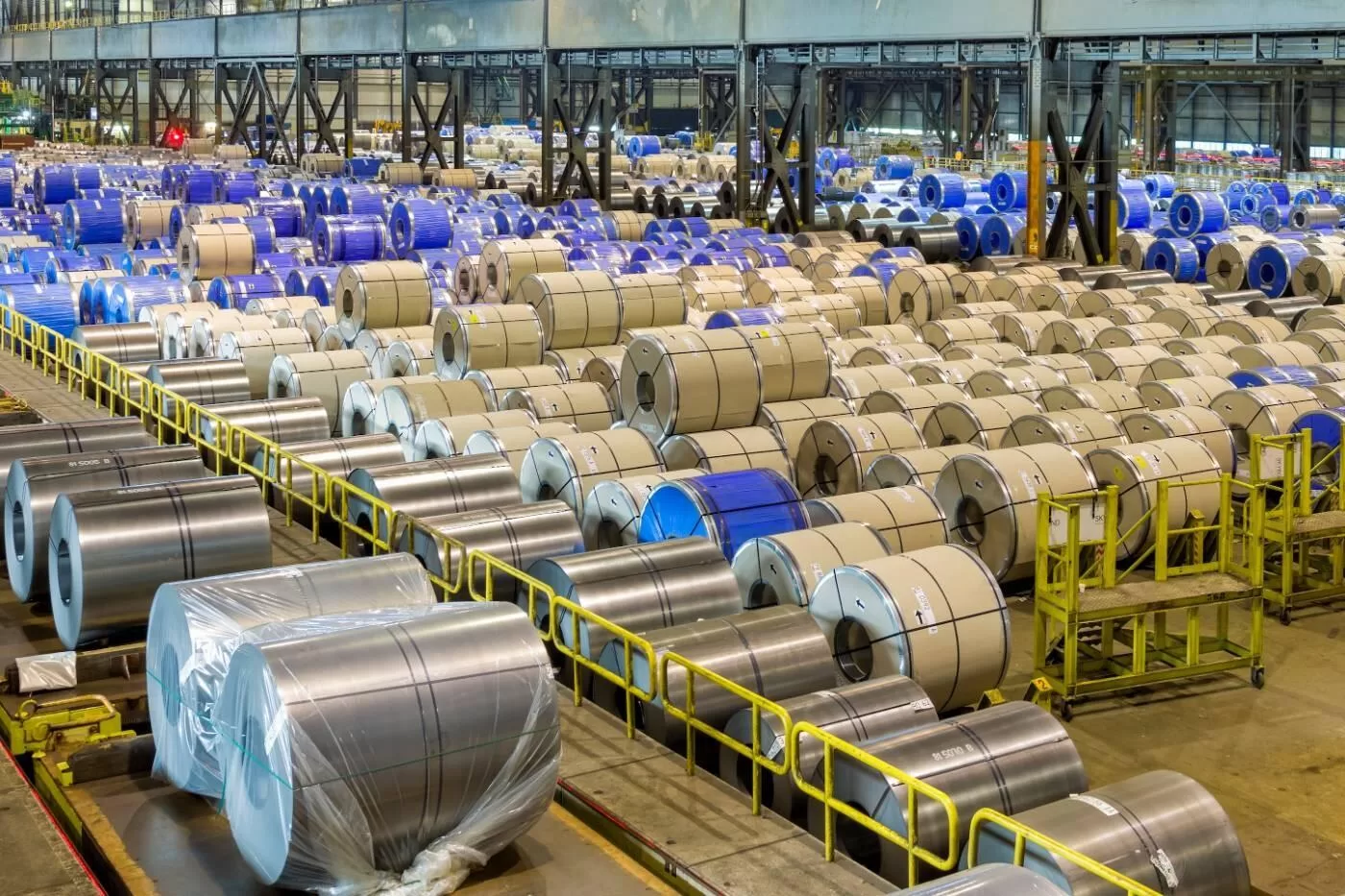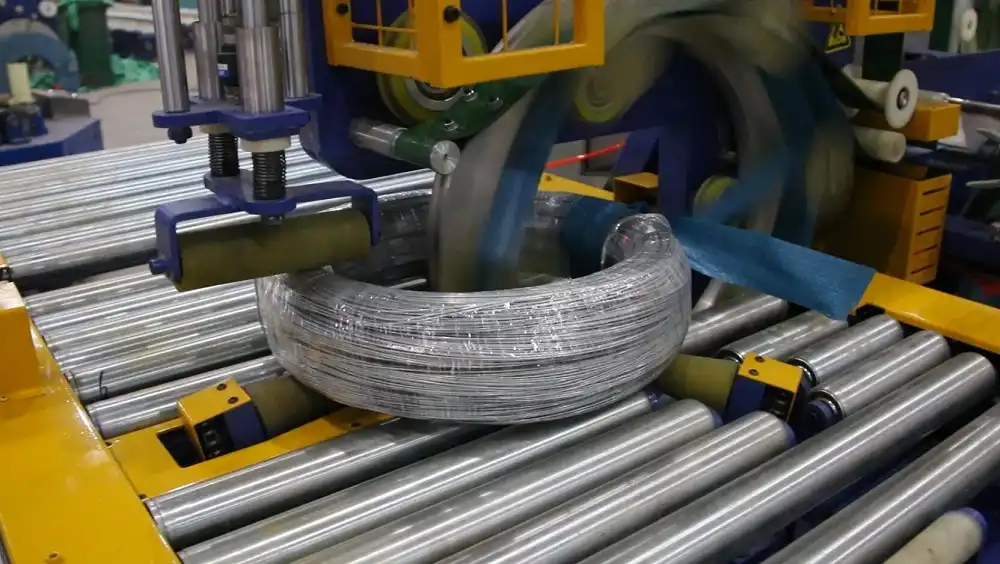Steel coil processing facilities face unique challenges, and without the right equipment, these challenges can morph into costly problems. The role of steel coil upenders in this field is vital. It’s not just about flipping coils; it’s about ensuring safety, enhancing efficiency, and protecting the bottom line.
Steel coil upenders are essential in coil processing facilities because they streamline the transition of coils from horizontal to vertical positions, or vice versa, during handling. This crucial piece of equipment minimizes manual labor, improves the safety of operations, and ensures the structural integrity of the coils. Upenders enhance operational efficiency by simplifying logistics and potentially reducing downtime during production.

Understanding the practical applications and advantages of steel coil upenders can be a game-changer for operations like David’s. As a professional in steel coil handling, adopting these upenders could elevate the efficiency and safety standards at his facility. Now, let’s delve deeper into what makes these machines so integral to steel coil management.
1. What are Steel Coil Upenders?
Steel coil handling is demanding and requires precision. Missteps can damage the product or even cause workplace accidents. Here is where steel coil upenders come in, offering a solution that transforms operations.
Steel coil upenders are hydraulic or mechanical systems designed to rotate steel coils, allowing for easier handling and transportation. These machines function by holding the coil securely in place while lifting and rotating it between horizontal and vertical orientations. Their design focuses on durability, safety, and seamless integration into existing workflows. Upenders can handle different coil sizes and weights, making them versatile tools in any coil processing environment.

Advantages of Implementing Steel Coil Upenders
When I first delved into optimizing coil handling for a project, I quickly realized the transformative impact of integrating upenders. They’re not just machines; they’re an investment in efficiency and safety. Let’s explore this in greater detail.
| Benefit | Explanation |
|---|---|
| Increased Safety | Upenders reduce the need for manual handling, decreasing the risk of workplace injuries significantly. |
| Enhanced Efficiency | Automating the flipping process speeds up production times and frees staff for higher-value tasks. |
| Versatility | These machines can handle a wide range of coil sizes and weights, accommodating various manufacturing needs. |
| Quality Preservation | Proper coil handling minimizes potential damage to the coils, thus maintaining quality standards. |
| Cost-effectiveness | Lowering labor costs and reducing downtime translates into significant savings over time. |
From where I stand, incorporating upenders is almost a necessity in modern coil processing facilities. It’s not just about improving logistics; it’s about fostering a culture of safety and efficiency. In my experience, when productivity and safety improve, so does overall morale, making the workplace better for everyone involved.
2. Why are Steel Coil Upenders Vital in Processing Facilities?
In the fast-paced world of manufacturing, maintaining both efficiency and safety is everything. The transition of materials from one stage to another can be labor-intensive and risky. In these environments, steel coil upenders play an often-overlooked yet critical role, transforming workflows and setting safety benchmarks.
Steel coil upenders are essential for safely turning and repositioning heavy coils during production, reducing manual handling risks. They enhance process efficiency, prevent potential coil damage, and ensure safe material flow. Their emphasis on safety and reliability has made them indispensable in steel processing facilities.
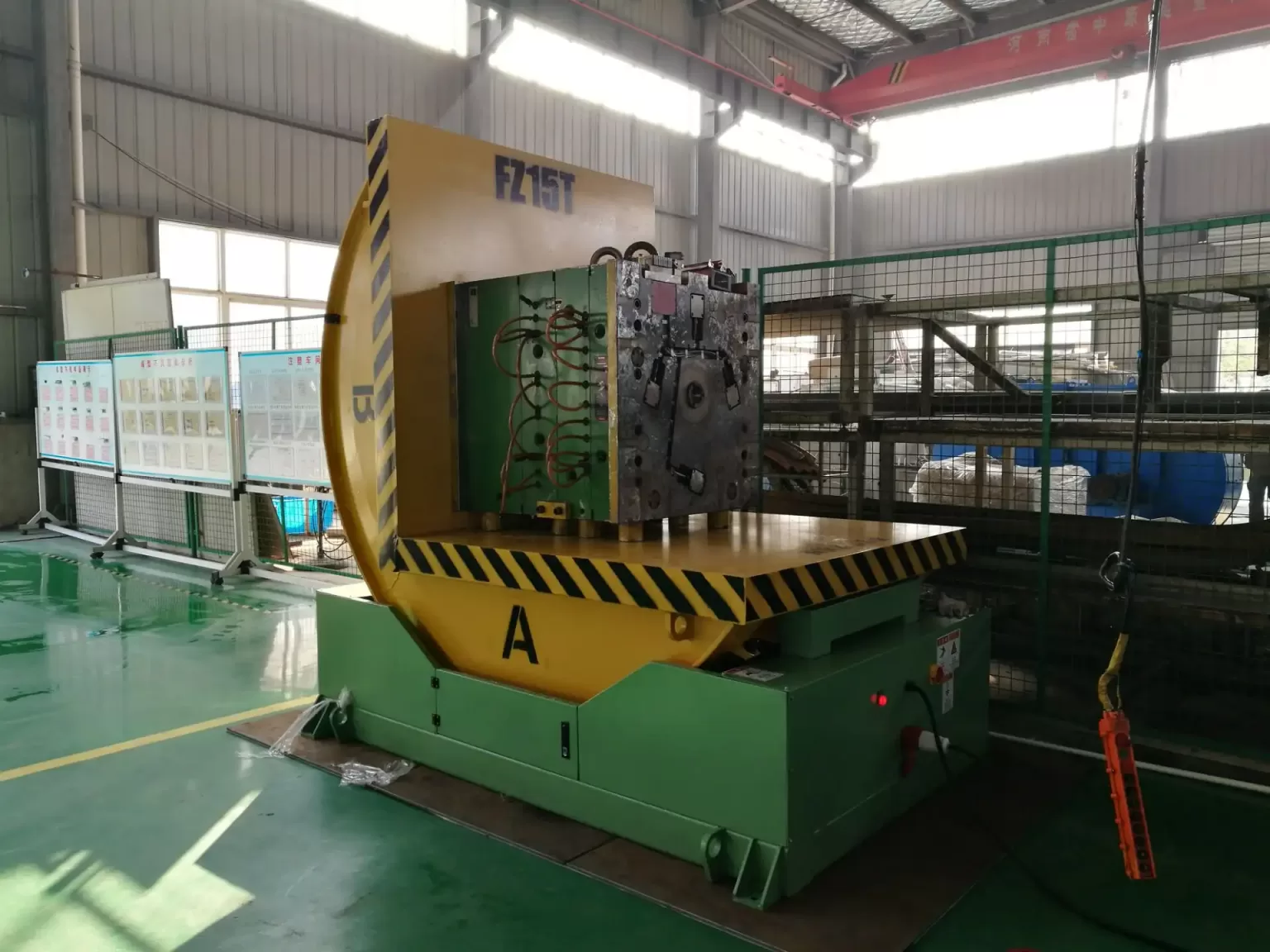
How Upenders Enhance Manufacturing Safety and Efficiency
When we say safety in manufacturing, it’s not just about protecting workers. It’s also about safeguarding the material for seamless processes. The challenge is in balancing both efficiently. Steel coil upenders answer this by making the handling of massive coils manageable.
| Benefit of Coil Upender | Impact on Efficiency | Impact on Safety |
|---|---|---|
| Automated Rotation | Speeds up processes | Reduces manual handling injuries |
| Precise Repositioning | Accurate material alignment | Prevents coil slippage |
| Integrated Safety Features | Continuous safe operation | Limits exposure to operational hazards |
Manual handling of coils isn’t just risky for the workforce—it can also cause dents and scratches on the coils, leading to impaired product quality. Automating these tasks eliminates the need for manual lifting, consequently reducing the likelihood of workplace injuries and production downtime. According to studies, automation like coil upenders can cut down on process time by about 30%. This is not just a number; it’s an embodiment of real-time operational improvement. In today’s environment where the efficiency pendulum continuously swings, this savings amplifies operational capacity significantly.
3. How to Choose the Right Steel Coil Upender for Your Facility?
In selecting machinery, the right fit could well be the difference between streamlined operations and operational chaos. Steel coil upenders, while often unnoticed, are pivotal to the efficiency and safety of your processes. It’s crucial to get this decision right.
Choosing the correct steel coil upender hinges on analyzing your operational demands, coil characteristics, and facility layout. Key considerations include coil weight capacity, upending speed, and integration with existing systems. Proper selection ensures seamless handling, operational safety, and long-term reliability.

Factors Influencing Upender Selection
Selecting the right equipment always begins with understanding your facility’s unique needs. Equipment size, facility constraints, and coil dimensions all come into play. If these factors align well, it gives you a solid baseline for making an informed purchase decision.
| Selection Criteria | Importance | Dimensions |
|---|---|---|
| Load Capacity | Determines operational range | Up to 40 tons |
| Rotation Speed | Affects processing time | 2 rotations/minute |
| Facility Space Requirements | Impacts installation | Area and height constraints |
Every facility has specific needs and constraints. The right upender for one may not suit the another. It’s vital to consider your operational demands thoroughly. Identify your load capacity requirements in advance, see how they mesh with rotation speed needs. Not only should the upender fit physically within your current setup, but it also has to work with existing equipment. Compatibility with your current setups is non-negotiable, opening up potential for smoother, more integrated workflows. Remember, time spent in the initial stage of proper selection translates into years of effective, smooth operations.
Conclusion
Steel coil upenders are essential for maximizing efficiency and safety in processing facilities, making them a wise investment for industrial operations.
Steel coil upenders are essential for maximizing efficiency and safety in processing facilities, making them a wise investment for industrial operations.


